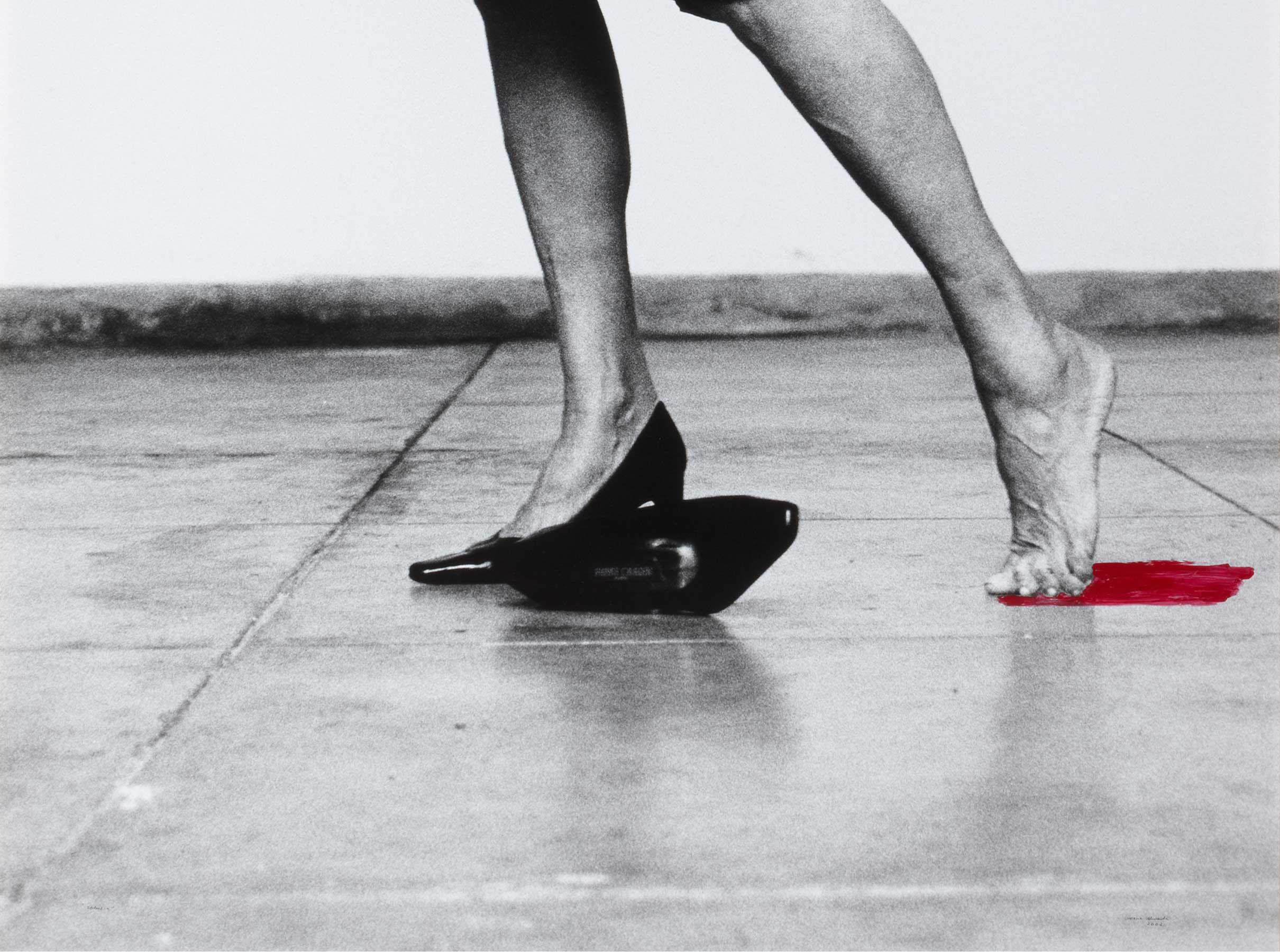En la tasca. Zarauz [In the Tavern. Zarauz]
- 1910
- Oil on canvas
- 100 x 80 cm
- Cat. P_328
- Acquired in 1971
This work was painted by Sorolla in the summer of 1910, when the painter spent the summer with his family at the Hotel Miramar in Zarauz, and painted in the town, in the surrounding areas and in San Sebastián.
From 1906 on, Sorolla spent his summers in the north of Spain and in France, first in Biarritz, then in Zarautz and finally in San Sebastián. His choice of destinations was far from random. He chose them because he would have the opportunity there to paint scenes of beaches and light very different from those of his native Valencia, whose luminosity he captured on the canvases that gave him the fame he still enjoys today. These were also the summer destinations chosen by the painters in Sorolla’s close circle (such as landscape painter Aureliano de Beruete) and by high society, providing an opportunity for the painter’s family to move in elevated social circles. Those high society summers were depicted in works from 1910 that were highly characteristic of Sorolla, including Under the Awning. Beach at Zarauz (Sorolla Museum, Madrid) and On the Sand. Beach at Zarauz (Sorolla Museum, Madrid). Yet apart from these elegant summer scenes, Sorolla also painted common folk during those stays. The individuals in the work owned by the Banco de España In the Tavern.Zarauz (1910) is a case in point. Throughout his career, Sorolla often painted portraits of ordinary people going about their everyday activities, thus capturing the ways of life and social reality of his time. From his first large beach scenes, in which he reflected work at sea, Sorolla combined the sea and seafarers as two aspects of his painting. That can be seen in the large canvases that made him famous, such as Evening Sun 1903, The Hispanic Society, New York) and The Return from Fishing (1894, Musée d’Orsay, Paris). But right from the start of his career, he showed a particular interest in portraying the working classes in other more intimate scenes showing not only physical portraits but also customs. This is the case of the The Old Man with a Cigarette (1899, Sorolla Museum Madrid) and The Peppers (1903, The Hispanic Society, New York). They show Sorolla’s interest in sun- and work-weathered faces at times of rest and leisure. That very combination can be seen In the Tavern. Zarauz, which shows two men, who are certainly seafarers, relaxing. Such figures attracted Sorolla’s attention not only for large canvases but also for small colour sketches, made quickly to capture scenes instantly. Some of those colour sketches, also from 1910, are now on show in the Sorolla Museum Collection. There are also canvases there that show that the summer in Zarautz was particularly prolific in terms of scenes of common folk. We know some of them by name: Juan Ángel, portrayed in Basque Drinker (1910, now in Malaga Museum), or their nicknames, such as Moscorra (1910, Sorolla Museum, Madrid). There are also other characters who today remain anonymous, such as the The Boatman of Zarauz (1910, Sorolla Museum, Madrid), Cider Drinker (1910, private collection) and The Two Friends (1910, private collection). This side of Sorolla’s painting was captured in the large panels that he produced from 1912 onwards to decorate the library of the Hispanic Society of America, which formed what he would call his Vision of Spain through its common folk.
Other works by Joaquín Sorolla y Bastida

![En la tasca. Zarauz [In the Tavern. Zarauz]](/f/webca/INF/assets/img/fff.png)